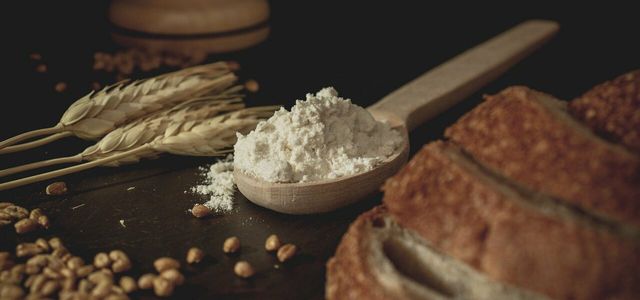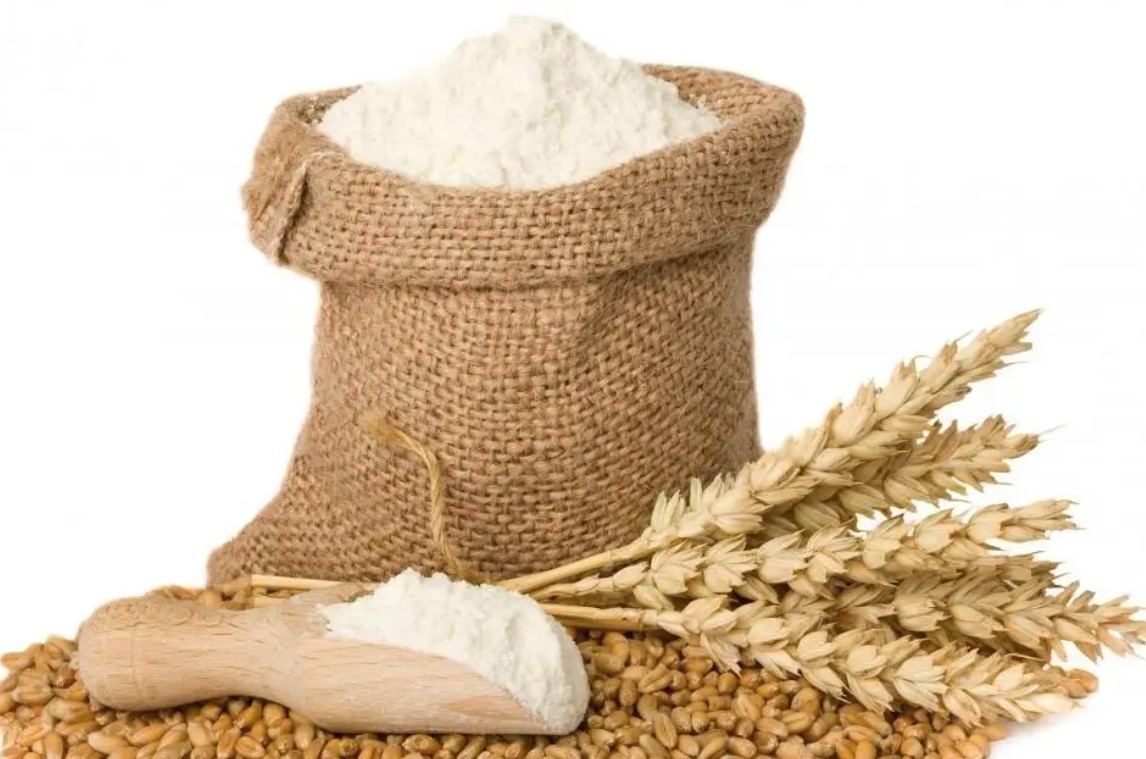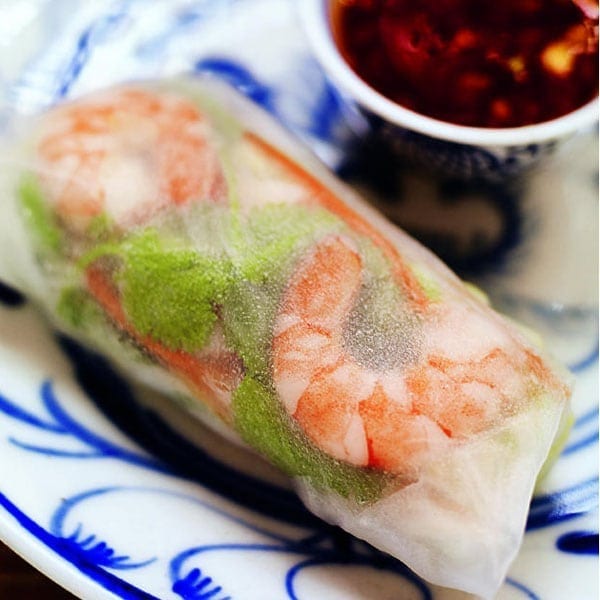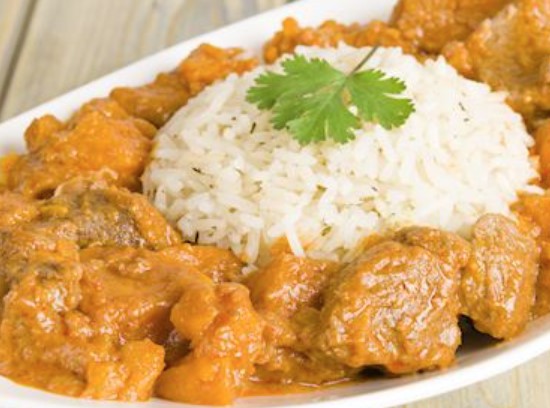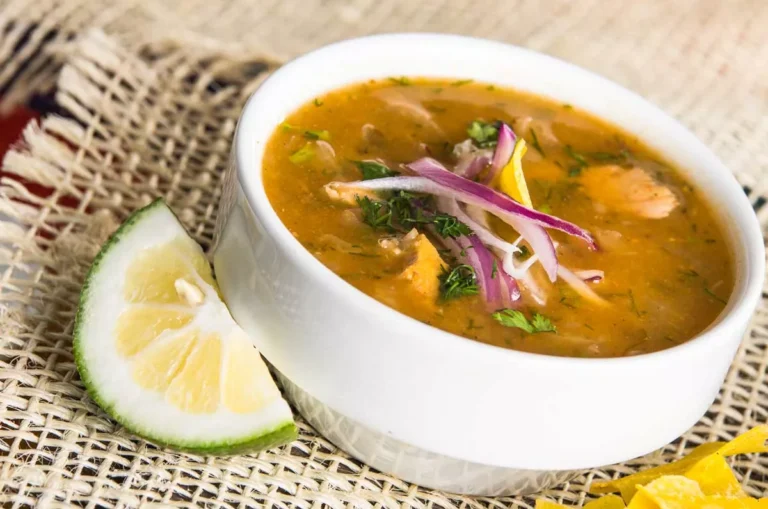In order to lose weight, many resorts to drinking meals. You had better let that go. The reasons for this and more sensible alternatives can be found in this article.
This is how drinking meals work

When it comes to losing weight, there are now many different ways – from low-carb diets to low-fat diets to drinking meals. They all promise success within a short time.
Drinking meals work as follows: A distinction is first made between ready-packaged products and drinking meals, which you mix yourself with a powder and water or milk.
At the beginning, to make it easier to start the weight loss process, the drinking meals replace full meals. So you don’t eat anything solid and your number of calories per day remains the same.
Since the daily amount of calories remains the same here, you don’t lose weight at first. It is then slowly reduced because a calorie deficit is crucial to losing weight.
After a certain time, individual self-prepared dishes are added again. It’s usually up to three weeks, but that can vary depending on the meal you’re drinking.
To ensure that drinking meals contain sufficient nutrients, they are subject to the dietary regulation. It prescribes a certain amount of proteins, carbohydrates, fats, iron, calcium and vitamins. In the phase of losing weight, in which you have a calorie deficit, you move between a minimum of 800 and a maximum of 1200 calories. The individual drinking meals only have a calorie content of up to 400 kilocalories.
If you decide to go on a diet with drinking meals, there are a few things to consider. Drinking meals are not always intended for weight loss or weight maintenance. Some are just meant to replace meals or make sure you’re consuming enough calories when you’re stressed. Therefore, take a close look at a product before you buy it.
That’s why you should avoid drinking meals
As nice as the promises of drinking meals are, there are a few reasons not to use them:
If you continue eating the same way you did before you diet, you’re likely to gain weight again. This is the yo-yo effect. In order to make a difference in the long term, you have to change your eating behavior in the long term. It is also important that you move enough. This aspect often slips into the background in diets with drinking meals.
When drinking meals, there is a risk that you are undersupplied with important nutrients. This can happen if, for example, you equate protein shakes with drinking meals or diet shakes. It’s not the same. Drinking meals are intended to replace meals and therefore contain all the necessary nutrients. Protein shakes, on the other hand, do not contain all the nutrients that the body needs, but mainly proteins and hardly any carbohydrates or fiber. But your body needs it too!
Furthermore, you should always follow the instructions for diet shakes. For example, if you cut your drinking meal in half after a while, you’ll only get half as many important nutrients. After all, a full drink provides you with the necessary nutrients. On top of that, you may be lacking in phytochemicals that you normally get from fruit and veg and that are lacking in drinking time.
Basically, drinking meals provide you with sufficient nutrients. Diets with drinking meals still mean a big change for the body. If this does not receive enough nutrients because the dosage with the drinking meals is not yet running smoothly, it can become unhealthy. For example, if there is a lack of protein, muscles can be broken down during the diet.
Drinking meals often contain little fiber. This can lead to digestive problems.
In addition to drinking meals, you must not forget to drink enough. This can easily happen since drinking meals have a liquid consistency. This can result in dizziness or cardiovascular problems.
Drinking meals are very monotonous in the long run. With solid meals and home-cooked food, you have many more options, despite different tastes in drinking meals.
In addition, there is no social aspect of eating together with friends or family.
In addition, drinking meals are quite expensive.
Drinking meals alone is not recommended. Pay attention to the aspects mentioned above, and if you still want to try a drinking meal, inform yourself in detail and seek medical advice in advance.
These alternatives to drinking meals exist

If you want to lose or maintain your weight, these are sensible alternatives to drinking meals:
Eat more consciously.
move more A good place to start is regular walks.
If possible, only eat when you are hungry and stop eating when you are full (intuitive eating).
Eat a balanced diet and only eat sweets in moderation.
Finally, it is important that your health always comes first! Do not be seduced by the ideals of beauty conveyed in the media. Being happy with yourself and your body is the most important thing. Also, every body is unique. For some, one way to lose or maintain weight may work well, and for others, another way.


